|
Bring on the butterflies! Milkweed is the only source of food for the Monarch caterpillar. Monarchs need milkweed plants to lay their eggs on, and the baby caterpillars that hatch can only eat and grow on milkweed. So, milkweed plants are essential for Monarch butterflies to survive. The chemicals the caterpillar ingests from the milkweed plant remain in its body even after metamorphosis, making the adult butterfly toxic & bitter-tasting to many predators. Adults no longer feed on milkweed leaves but are still dependent on the nectar from the milkweed flowers & other nectar producing plants. Add other flowers such as cleome, butterfly bush, bee balm & herbs such as dill to your garden along with a shallow water dish to attract more beneficial pollinators & to help the Monarch from becoming extinct! Common Milkweed (Asclepias syriaca) is native to much of the eastern USA. It grows approx. 48" tall & blooms from late June - July. It is a Perennial hardy in zones 3 - 9. The seeds can be planted in the fall, because they need to be cold stratified. You can do this by putting them in your refrigerator for several weeks prior to planting. To improve germination rates, place the seeds in packets made from paper towels & soak them in warm water for 24 hours prior to planting. Start indoors: 4-8 weeks before transplanting. Sow outside: After the danger of frost has passed. Note: Common Milkweed germinates poorly at high temperatures >85˚F Size: 4' Hardiness: Perennial Sun: Full Water: Moderate Seed Spacing: 1/4” - 1/2" Seed Planting Depth: 1/4" Thinning: 6" - 24" Days to Germination: 7 - 10 (if the temp. is maintained at 75˚F). This hardy, perennial flower will seed & begin to propagate itself, providing you with even more beautiful flowers. If you want to save the seed pods rather than let them self sow naturally, you will want to put something over the pods once you see them starting to dry and split. Anything that is light and lets plenty of air through should work. Old panty hose, row cover, sheer curtains, etc. Cut the fabric of choice to the size needed, put it over each individual seed pod, then secure the fabric at the stem, just under the base of the pod with a bit of cotton string or yarn (saving the string from bags of feed &/or pet food throughout the year is a great way to have string on hand and be more environmentally friendly to boot). This will contain the seeds as the pod opens while also allowing air to flow through which helps to prevent moldering. Once the pods are completely dry, you can then cut them from the stalks. Leaving the fabric coverings on, bring them inside and then carefully remove their fabric coverings. The pods can be stored in paper bags for up to a year or stored longer in the refrigerator or freezer. When storing in the refrigerator or freezer, be sure that the pods are completely dry and keep them in plastic seed saver bags that will not allow moisture in. You can also use a vacuum sealer. If you are using the fibers for spinning, you will want to carefully remove the fibers from the seeds and store the fiber in tissue paper, a paper bag, or storage container until you are ready to use it. The seeds can then be stored in the same way as you would the seed pods. You can also use the seed pods as "seed bombs." Milkweed supports more than just butterflies. It is also beneficial to native bees, honey bees and many other beneficial insects. Safety: If for whatever reason, you find you need to cut fresh milkweed, use caution. Milkweed contains a toxic milky sap that is very difficult to wash off and is very dangerous if you ingest it or get it into your eyes. In some people skin contact alone can cause an allergic reaction. Fully dried milkweed no longer produces a milky sap and as a result is much less likely to cause a toxic reaction. Garden Growing Guide Quick Links Listed alphabetically Arkansas Green Cotton Blue Podded Shelling Peas Catnip Cilantro (Coriander) Cocks Comb (Cleosia) Common Milkweed (Asclepias syriaca) Dill Dyer's Woad Erlene's Green Cotton Hibiscus Holy Basil (Tulsi) Inchillium Red Softneck Garlic Kale Karina Peas Lemon Balm Mixed Cotton Musquee de Provence Nankeen Cotton Purple Podded Pole Beans Red Foliated White Cotton Sea Island Brown Cotton Spinach Sunflowers Tennessee Red Valencia Peanuts You may also like:
0 Comments
Your comment will be posted after it is approved.
Leave a Reply. |
Affiliate DisclosureAs an Amazon Associate, I earn from qualifying purchases.
This page may contain Amazon affiliate links. If you choose to make a purchase after clicking a Amazon link, I may receive a commission from Amazon at no additional cost to you. As always, Thank you so much for your support. I couldn't do what I do without you! Categories
All
Archives
April 2024
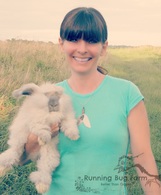 Hi there! My name is Jen. I'm a "tree hugging dirt worshiper" who has been organically farming for nearly two decades. It never ceases to amaze me at how much I've learned & how much I am still learning. I have studied natural health, nutrition, & herbs for nearly three decades. Our health & the natural world around us are connected in ways we don't often realize. How we treat the land & animals directly affects us in both body & mind. My goal is to provide others with truly natural humane goods from my own little piece of paradise, & to freely pass along whatever knowledge I pick up along the way. I am grateful every day to be able to have such a worthwhile & fulfilling job surrounded by the beauty & unpredictability of Mother Nature. Hi there! My name is Jen. I'm a "tree hugging dirt worshiper" who has been organically farming for nearly two decades. It never ceases to amaze me at how much I've learned & how much I am still learning. I have studied natural health, nutrition, & herbs for nearly three decades. Our health & the natural world around us are connected in ways we don't often realize. How we treat the land & animals directly affects us in both body & mind. My goal is to provide others with truly natural humane goods from my own little piece of paradise, & to freely pass along whatever knowledge I pick up along the way. I am grateful every day to be able to have such a worthwhile & fulfilling job surrounded by the beauty & unpredictability of Mother Nature.
Copyright
You're welcome to link to Running Bug Farm or use a single image with a brief description to link back to any post. Republishing posts in their entirety is prohibited. |
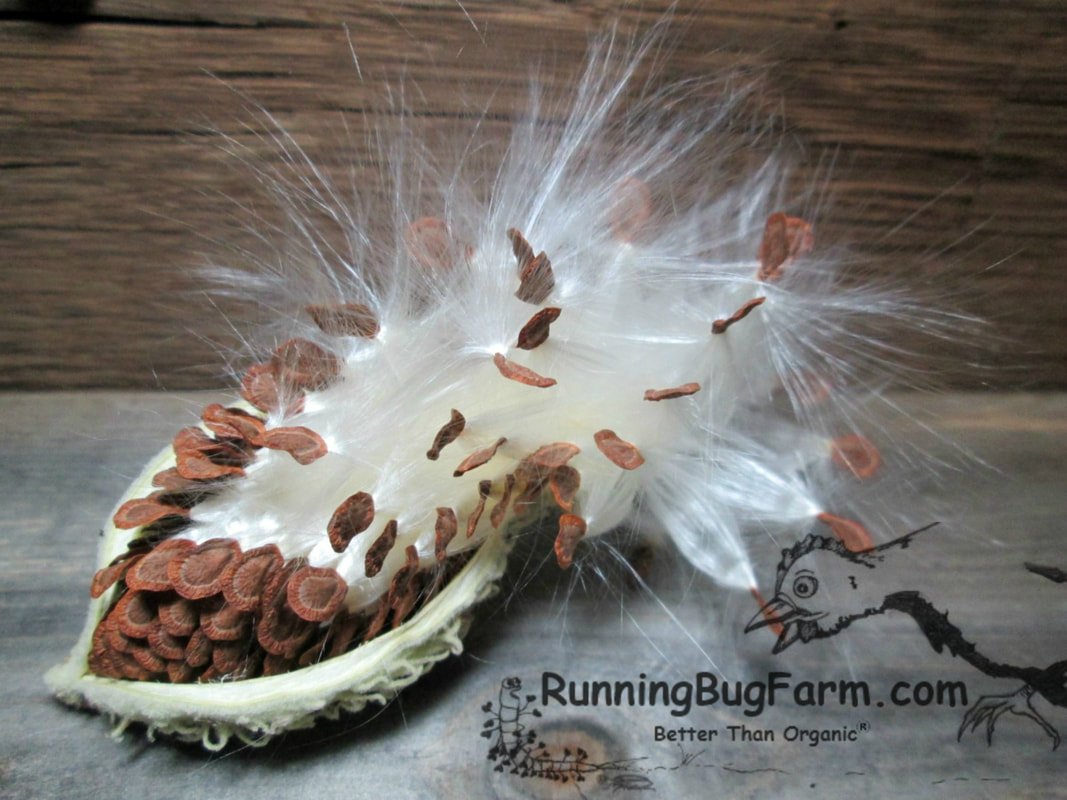
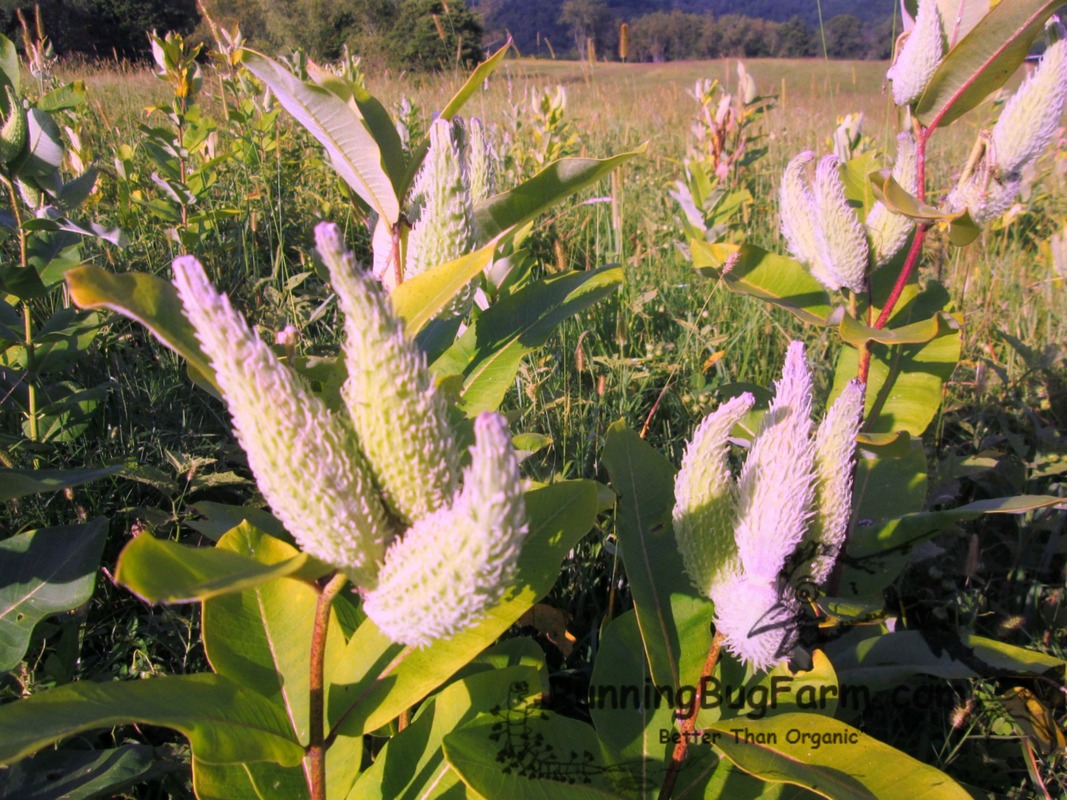
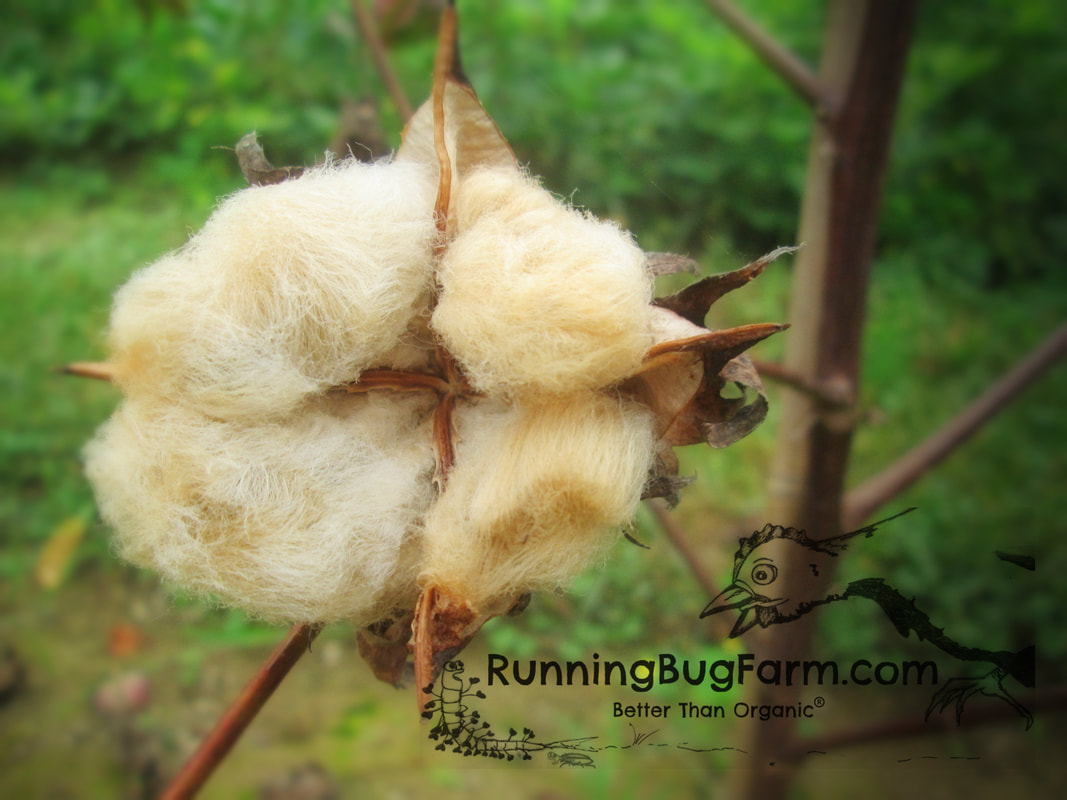
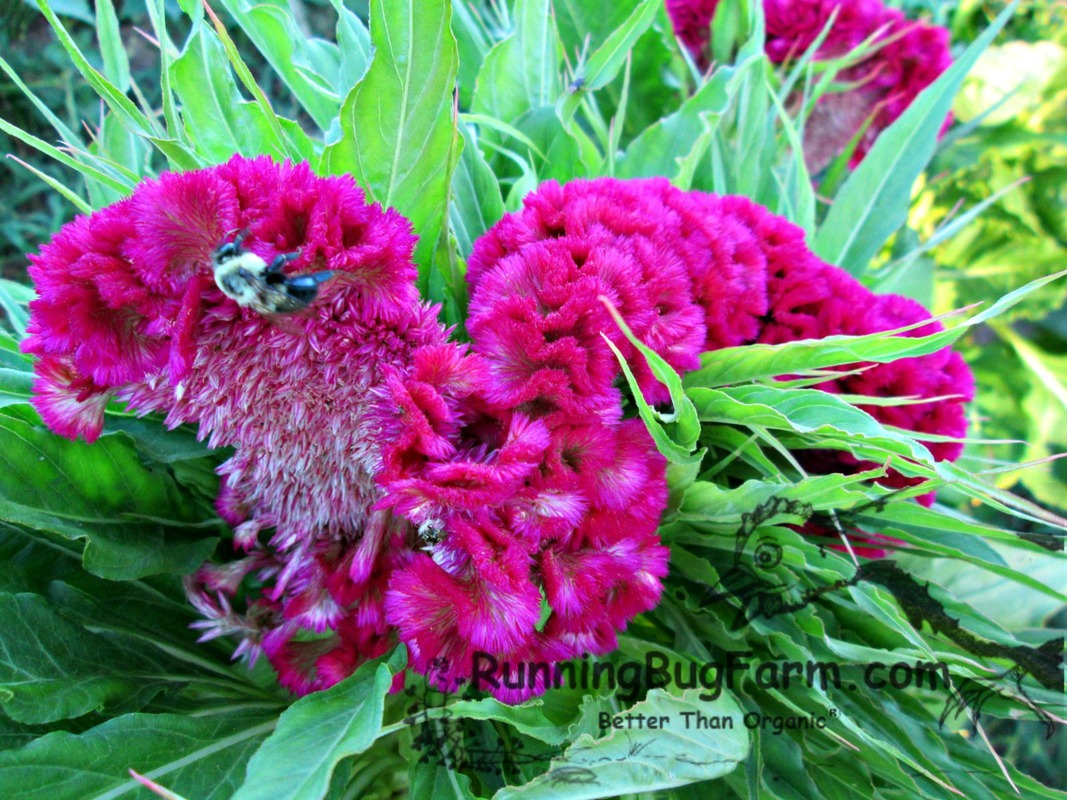
 RSS Feed
RSS Feed
